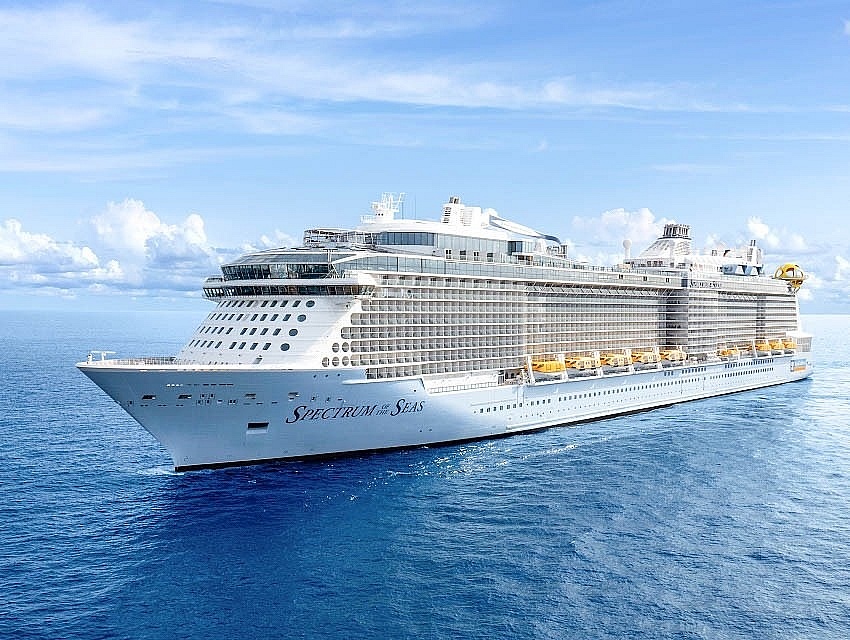Asia-North America West Coast Ocean Freight Rates Fall on Weak Demand and Capacity Increase
Shanghai container shipping futures suggest that Asia-Europe shipping rates could fall by 2025, after appearing to have peaked at present.

On August 5, the EC2408 (August contract) index closed at 5,627 points, while the EC2410 (October contract) closed at 3,585 points, down 3% and 9% respectively from July 29. The EC2504 (April 2025 contract) closed at 1,961 points, while the EC2506 (June 2025 contract) closed at 1,955 points, down 5% and 6% respectively from July 29.
On August 2, the Shanghai Container Freight Index (SCFI) showed that Shanghai-North Europe freight rates fell 2% week-on-week to $4,907 per TEU, although this was significantly higher than the $947 per TEU a year ago.
Short-term contracts led the decline last week before longer-term contracts were hit by concerns about a U.S. recession, Linerlytica reported on Aug. 6.
Container Freight Index futures began trading last August through the Shanghai International Energy Exchange, a unit of the Shanghai Futures Exchange. Paper trades are conducted by shippers, forwarders and shipping lines.
Trading volume is shifting from EC2410 to later contracts, with EC2504 attracting the most market attention.
“Based on the latest closing prices of EC2408 and EC2410, the futures market is pricing in a 4.46% weekly decline over the next three weeks to the end of August, followed by a 4.49% weekly decline over the next nine weeks to the end of October,” Linerlytica said. “Freight rates are expected to continue to decline in 2025, with current EC2506 prices trading at a 68% discount to the Shanghai Containerised Freight Index based on Settled Rates (SCFIS). Sentiment has turned negative despite freight rates holding up much better than US West Coast-Asia and Asia-Mediterranean rates, with carriers starting to cut rates suggesting that freight rates have peaked.” Linerlytica said that despite continued weakness in futures rates, carriers remain in a strong position as total capacity to Northern Europe remains constrained with the 13-week moving average still down 3.4% year-on-year despite recent new capacity additions.
Actual sailings from Asia remain volatile with port congestion and weather delays causing significant capacity reductions.
Source: Phaata.com (Container-News)






